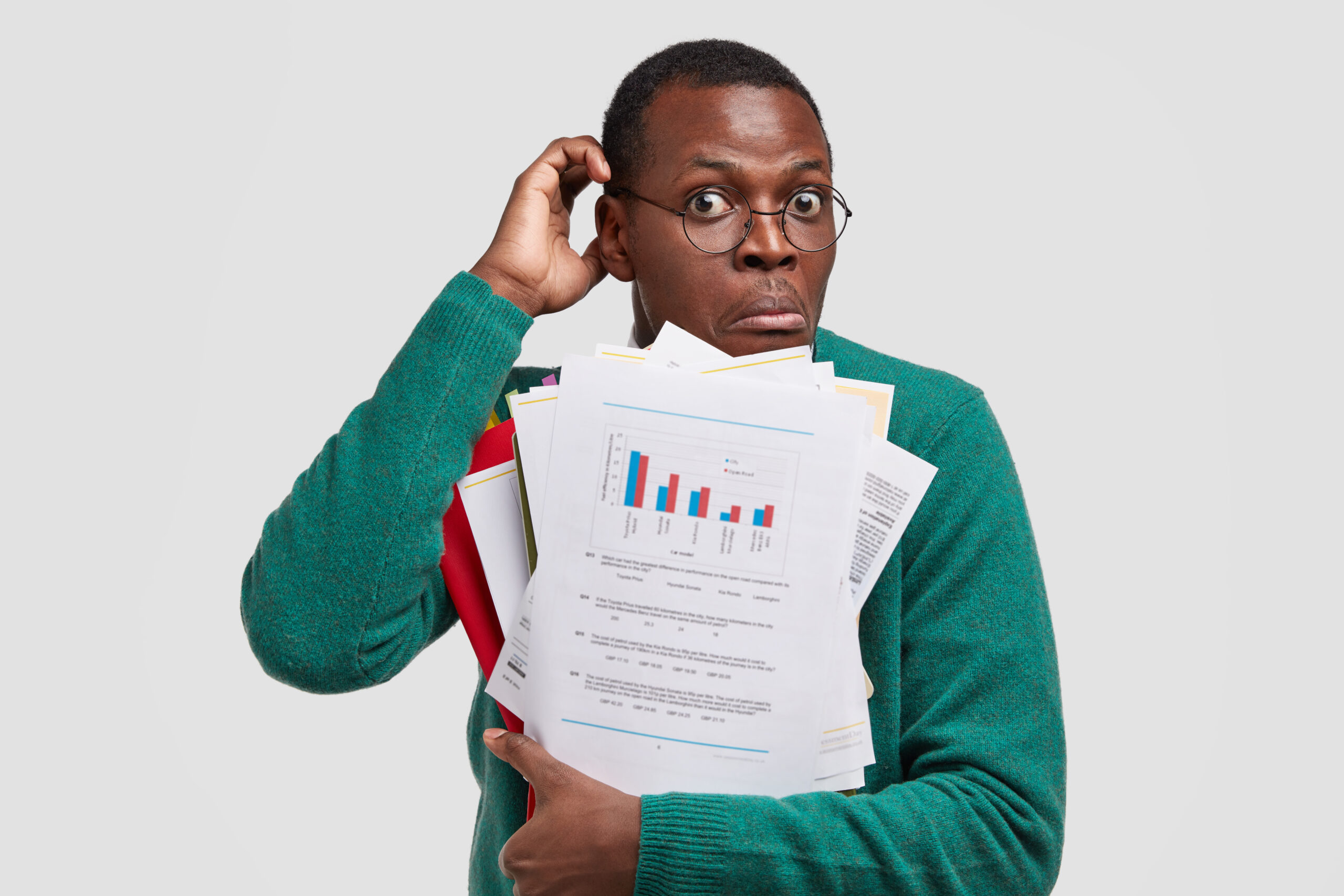
Measuring, Predicting, and Reducing CO2 Emissions in the Transportation & Logistics Sector
As global concerns about climate change intensify, the transportation and logistics sector finds itself under increasing pressure to reduce its carbon footprint. According to the International Energy Agency, transport-related CO2 emissions nearly reached 8 gigatons in 2022. With trucking activity expected to double in the coming years, CO2 emissions are poised to grow even further. This trend underscores the urgent need for the industry to measure, predict, and reduce emissions to achieve net-zero targets.
The Challenge of Reducing CO2 Emissions in Retail
Consider the case of a large retail company with over 5,200 outlets. The company’s extensive network results in significant CO2 emissions. In response to growing environmental concerns and a commitment to becoming carbon-neutral, the retailer has pledged to reduce its emissions. However, meeting these goals is not just about improving brand image or earning eco-friendly labels to attract investors; it requires a comprehensive strategy to measure, predict, and reduce emissions, especially as the logistics sector is a major contributor to CO2 emissions.
The Scope 3 Emissions Dilemma
While reducing Scope 1 and Scope 2 emissions (direct emissions from owned sources and indirect emissions from purchased energy) is relatively straightforward, Scope 3 emissions pose a far greater challenge. Scope 3 emissions, which include all other indirect emissions that occur in a company’s value chain, account for a significant portion of total emissions but are notoriously difficult to measure and manage. These emissions arise from various sources, including purchased goods and services, transportation, distribution, and the use of sold products.
Key challenges in measuring Scope 3 emissions include:
- Data Collection: Gathering accurate data from suppliers, internal sources, and customers is resource-intensive and time-consuming.
- Supplier-Specific Data: Acquiring reliable data from suppliers is difficult, particularly when they do not measure their emissions accurately.
- Data Accuracy: Maintaining precise calculations is challenging, especially when relying on secondary data or facing an imprecise modeling approach.
- Statistical Expertise: Interpreting data from small supplier samples requires specialized statistical knowledge.
Given these challenges, logistics and transportation companies must adopt robust methodologies and frameworks to measure, predict, and reduce Scope 3 emissions effectively.
Measuring Scope 3 Emissions
To manage Scope 3 emissions, companies need to implement a systematic approach that aligns with regulatory requirements, investor and customer preferences, and value chain risk management. Here are some common methods for measuring Scope 3 emissions:
- Spend-Based Method: This approach multiplies the emission factor by the financial value of a purchased good or service. It relies on data from a company’s purchases, suppliers, and relevant emission factors.
- Activity-Based Method: Instead of financial data, this method uses material weight data, multiplying it by the emission factors associated with the material.
- Supplier-Specific Method: This method provides the highest accuracy by using cradle-to-gate product-level GHG data collected from suppliers via data collection workflows and sustainability surveys.
- Hybrid Emissions Calculation: This method combines supplier-specific data with activity-based data, filling gaps with industry averages where necessary.
Smart Logistics and Transportation: The Role of ML & AI
To curb CO2 emissions, logistics and transportation companies are increasingly turning to smart technologies like machine learning (ML) and artificial intelligence (AI). These technologies offer several use cases that can significantly reduce Scope 3 emissions:
- Predictive Carbon Emissions: For heavy-duty vehicles, predicting carbon emissions involves analyzing data such as model, make, year, engine size, fuel type, and CO2 ratings. ML algorithms like decision trees and linear regression can predict emissions based on this data.
- Full Backhaul Miles Optimization: A company struggling with backhaul miles used ML models to optimize freight prediction. By considering factors like vehicle type, weight capacity, driving time, and location, the company improved its backhaul miles, reducing emissions.
- Route Optimization: A logistics company with over 500 trucks faced issues with repetitive routing. By implementing ML models, the company optimized its routes, saved fuel costs, and reduced distances traveled, thereby lowering CO2 emissions.
- Real-Time Tracking and Predictive Visibility: Real-time tracking systems powered by AI can predict delivery times, allowing customers to reschedule if needed. This increases the success rate of first-time deliveries and minimizes unnecessary CO2 emissions.
- Evaluating Scope 3 Emissions: By integrating data such as shipment volumes, consumption records, and logistics data, companies can gain real-time insights into the Scope 3 emissions generated by their transportation activities.
Turning Net-Zero Pledges into Action
For transportation and logistics companies, achieving net-zero emissions requires a proactive approach that combines robust methodologies, advanced technology, and effective tools. By focusing on measuring, predicting, and reducing CO2 emissions, these companies can make significant strides toward their sustainability goals while contributing to a healthier planet.
In conclusion, as the transportation and logistics sector continues to grow, so does its responsibility to address climate change. By leveraging the latest technologies and methodologies, companies can meet their CO2 reduction targets, enhance their reputation, and build a more sustainable future.



